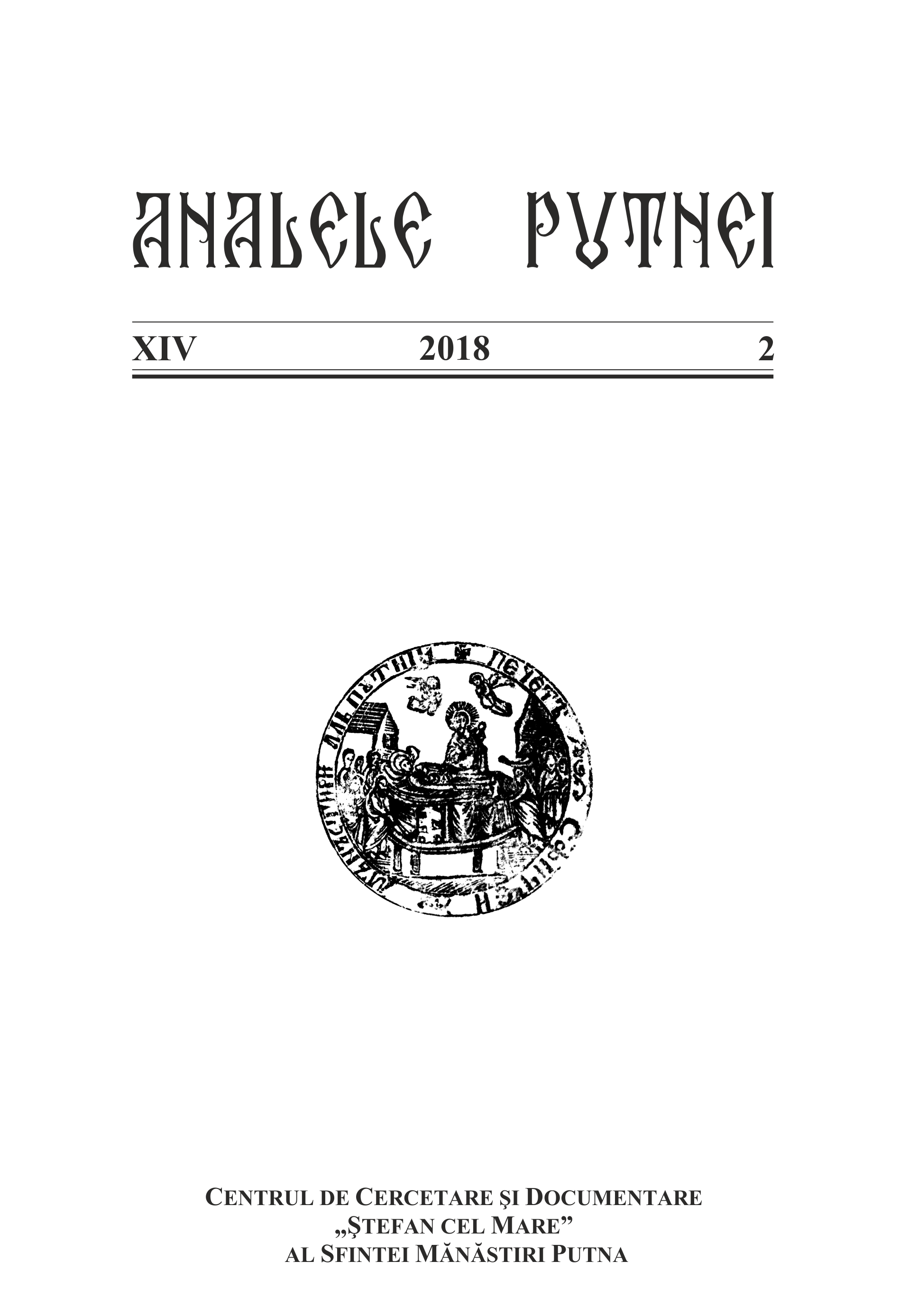Un ecou al asediului Sucevei din anul 1497 în frescele de la Arbore?
An Echo of the 1497 Siege of Suceava in the Frescoes of Arbore?
Author(s): Elena FireaSubject(s): 15th Century, Eastern Orthodoxy, History of Art
Published by: Centrul de cercetare şi documentare ŞTEFAN CEL MARE
Keywords: Luca Arbure; church of Arbore; The Siege of Constantinople; St. John the New; siege of Suceava; 1497;
Summary/Abstract: In the autumn of 1497, the army of King John I Albert of Poland invaded Moldavia and sieged the fortress of Suceava for three weeks. The brave Moldavian garrison, led by Hetman Luca Arbure, successfully resisted the prolonged siege and, consequently, the capital city was not conquered by the enemies. This military episode must have been of great importance for Luca Arbure, whose political career constantly strengthened in the following years. Roughly in the same period, he founded a church on his domain at Arbore, intended as a private chapel and necropolis for his family. The church is decorated with exquisite frescoes, both inside and on the outside, but their exact dating cannot be established from documentary sources. Based on stylistic comparisons and on various interpretation of the frescoes’ ideological significance, art historians have generally considered that they belong to the epoch of Prince Petru Rareș (1527–1538; 1541–1546), the golden age of Moldavian exterior painting. Therefore, the Siege of Constantinople from the lower register of the southern façade, which presents a slightly different iconography compared to other illustrations of the theme, was considered to be the last among them. Contrary to this opinion, the present study posits that the Siege of Constantinople from Arbore is different because it is, in fact, among the earliest such compositions preserved in Moldavian painting. It was probably painted in the early decades of the 16th century, while Luke Arbure was still alive, and it is likely that it bore a special meaning for the founder of the church. Corroborated with other iconographical themes of the façade (mostly the representation of St. John the New) and with the dedication inscription, this composition may be regarded as a visual allusion to the failed siege of Suceava from 1497, when Luke Arbure successfully defended the city, with the help of its divine protector, Saint John the New, for whom he later developed a special devotion.
Journal: Analele Putnei
- Issue Year: 2018
- Issue No: 2
- Page Range: 251-276
- Page Count: 26
- Language: Romanian
- Content File-PDF

